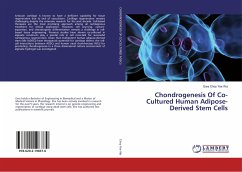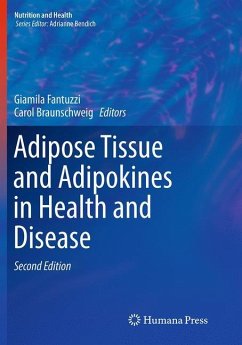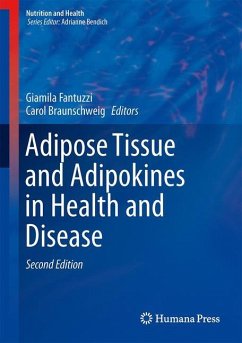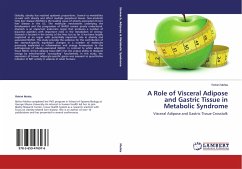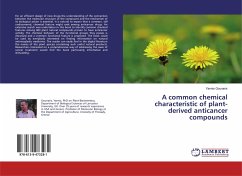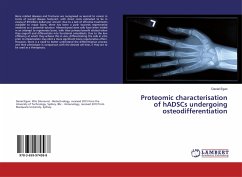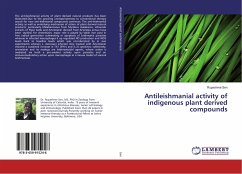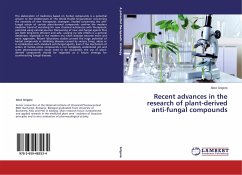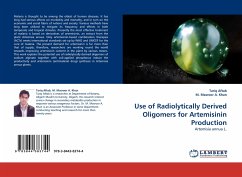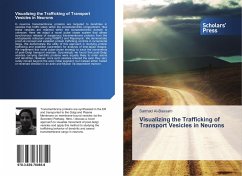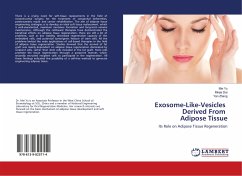
Exosome-Like-Vesicles Derived From Adipose Tissue
Its Role on Adipose Tissue Regeneration
Versandkostenfrei!
Versandfertig in 6-10 Tagen
24,99 €
inkl. MwSt.

PAYBACK Punkte
12 °P sammeln!
There is a crying need for soft-tissue replacements in the field of reconstructive surgery for the treatment of congenital deformities, posttraumatic repair and cancer rehabilitation. The aim of adipose tissue engineering strategies is to develop an ideal soft tissue replacement, which is well-vascularized, maximum neotissue formation and long-term volume maintenance. Although the cell-based therapies have demonstrated the beneficial effects on adipose tissue regeneration, there are still a lot of problems, such as low viability, decreased regenerative capacity of the embedded cells, and poten...
There is a crying need for soft-tissue replacements in the field of reconstructive surgery for the treatment of congenital deformities, posttraumatic repair and cancer rehabilitation. The aim of adipose tissue engineering strategies is to develop an ideal soft tissue replacement, which is well-vascularized, maximum neotissue formation and long-term volume maintenance. Although the cell-based therapies have demonstrated the beneficial effects on adipose tissue regeneration, there are still a lot of problems, such as low viability, decreased regenerative capacity of the embedded cells, and potential tumorigenic feature of stem cells. All the problems limited the wide applications of cell-based therapies in the field of adipose tissue regeneration. Studies showed that the survival of fat graft was mainly dependent on adipose tissue regeneration dominated by recipient cells, rather than stem cells included in the fat graft. Stem cells promote the tissue regeneration through a paracrine manner, which secondly recruited recipient cells to participate in the regeneration. All these findings indicated the possibility of a cell-free method to generate engineering adipose tissue.



